The history of film naturally presents a fascinating dichotomy—it is the path of a technology and science, the path of culture’s brightest stars, and the path of stories and their power. Each shapes the other, making it impossible to grapple with one individually.
Although these books about the history of film may pick one of these aspects to focus on, each illuminates all three.

Letters from Hollywood
Letters from Hollywood is a firsthand exploration into the personal lives and careers of some of the most significant figures in Hollywood history, captured through 135 samples of correspondence including letters, telegrams, and memos. Organized chronologically and annotated for context, these artifacts provide a glimpse into the real experiences of stars like Greta Garbo, Alfred Hitchcock, Humphrey Bogart, Frank Sinatra, and more. This collection spans film history from the silent era to the 1970s, representing the revolutionary history of Hollywood through the 20th century.

William Peter Blatty on The Exorcist from Novel to Film
One of the most influential horror films to come out of American filmmaking in the 20th century, The Exorcist is an iconic piece of film history. From the author of the original novel and writer of the screenplay, William Peter Blatty, comes this in-depth guide to The Exorcist. Blatty explains his original ending to the novel, the original draft of the screenplay and shooting script, and his personal behind-the-scenes commentary on the discrepancies between the novel and the screenplay.
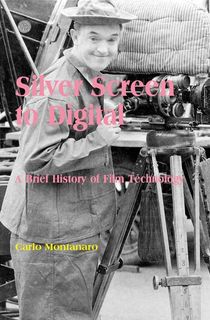
Silver Screen to Digital
In Silver Screen to Digital, Montanaro studies how transformations in shooting, editing, special effects, re-elaboration, and sound reproduction have signified great progress in cinematography in the last century, and how these changes affected the very culture of filmmaking. With a focus on the machinery and mechanics behind creating motion pictures, Montanaro provides a guide through technology’s role in film history.
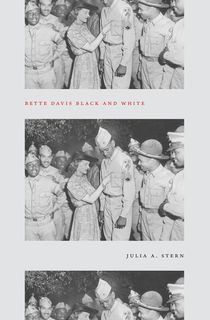
Bette Davis Black and White
Bette Davis was one of Hollywood’s most shining stars and an outspoken advocate on matters of race. By cross-analyzing four of Davis’s most successful films with the state of American race relations at the time of their releases and highlighting the actions of Black performers and members of the film industry, Bette Davis Black and White presents a history of racism in Hollywood and how Bette Davis endeavored to create change.
Stern includes anecdotal evidence of her personal experiences observing race through the lens of Bette Davis’s career and how it impacted her understanding of mid-century American race relations and the efforts being made to change them.

Women Filmmakers in Early Hollywood
In the earliest days of film, women were accepted as filmmakers, holding roles that, by the 1920s, would be filled only by men. Women thrived in the egalitarian work culture of the film industry in the early 20th century, where both men and women could work as writers, directors, and producers.
As the studio system took shape, the film industry became masculinized, and women’s role in Hollywood filmmaking took a staggering step back. Women Filmmakers in Early Hollywood explores why such a shift occurred, and how it influenced sexism in Hollywood and the film industry for decades afterwards.
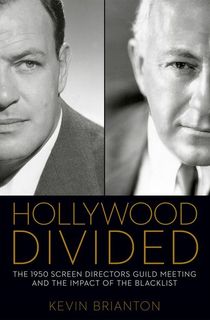
Hollywood Divided
One of Hollywood’s biggest scandals, and a defining moment in the industry’s history, was the infamous meeting of the Screen Directors Guild in the autumn of 1950 in which the members voted to dismiss Joseph L. Mankiewicz as the Guild’s president because of his opposition to an anticommunist loyalty oath.
In Hollywood Divided, Brianton deciphers the common myths surrounding the SDG meeting and the lesser-known facts about the events that preceded the vote. Occurring at a pivotal time in American history, the drama surrounding the SDG meeting had lasting consequences on the role of Hollywood in politics, as well as the reputations of some of the conflict’s key players.
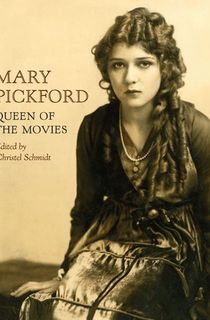
Mary Pickford
Read your way into the earliest days of American cinema with Mary Pickford as your guide. The “girl with the curls” was beloved by movie audiences from 1909 to 1949. Transitioning from silent film to talkies proved difficult for many stars—including Pickford—but her stardom kept Pickford afloat even through a tough period. Although she’s most remembered for her acting, Pickford was also a producer, co-founder of United Artists, humanitarian, and one of the founding members of the Academy of Motion Picture Arts and Sciences.
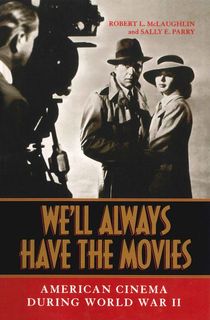
We'll Always Have the Movies
In the first half of the 20th century, film became one of the easiest ways to access a mass audience. Filmmakers—and the U.S. government—took advantage of this to shape how people felt about World War II through iconic films like Casablanca and propaganda films alike. The authors of this book watched and analyzed over 600 films made between 1937 and 1946 to explore how war was shown to the American people.

Film's First Family
Even those with the most cursory understanding of the film industry know the name Barrymore—but their early Hollywood counterparts, the Costellos are now nearly forgotten. Maurice and Mae Costello, both actors of the silent film era, had daughters Helene and Dolores who also joined the family business. Dolores would marry into their rival family, eventually becoming Drew Barrymore’s grandmother. Along the way, the Costellos epitomized the twin pillars of Hollywood—talent and scandal. This fascinating biography recounts the Costellos’ many achievements and their many foibles.
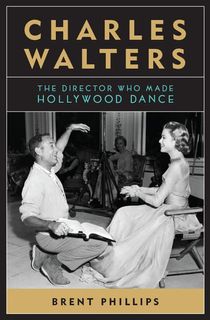
Charles Walters
You may not have heard the name Charles Walters, but you’ve certainly seen his work. The dancer, director, and choreographer was behind many of the Golden Age of Hollywood’s finest movie musicals, like Meet Me in Saint Louis, Summer Stock, The Unsinkable Molly Brown, and much more. This biography brings Walters’s work to life—and explores his life as an openly gay man in Hollywood in the middle of the 20th century. It’s a must-read for anyone who’s loved a Judy Garland film.
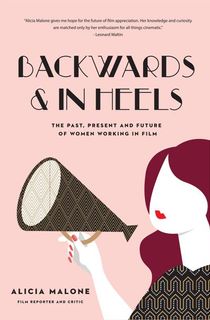
Backwards & In Heels
When asked to picture a director or screenwriter, most people probably first think of a man—yet since the very inception of Hollywood, women have been just as present behind the camera as they are in front. From Ida Lupino and Frances Marion to Margaret Sixel and Pam Grier, Malone reclaims cinema history as women’s ground.
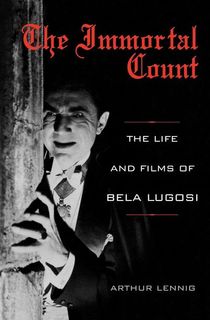
The Immortal Count
When Bela Lugosi fled Hungary after a failed revolution, he hoped to gain a foothold in America as a serious actor. He had primarily performed in Shakespeare and other serious theatrical plays in his homeland, and broke into the New York Broadway scene in the early 1920s, then the silent film stages in the mid-1920s. When Lugosi got his major break as Dracula, he thought that would be just one role… but he soon found himself increasingly typecast as film transitioned from silent to sound and his accent became impossible to hide. This insightful biography delves into Lugosi as both person and artist.
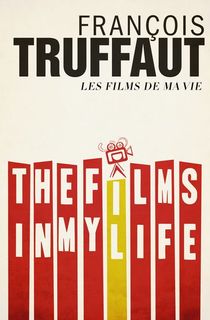
The Films in My Life
Iconic French New Wave director Truffaut takes readers through the films that shaped his art and his world. Although Truffaut’s aim is critique and enlightenment rather than strict historical engagement, his vast insight into the movies that have shaped cinematic history will leave readers with insights galore.

Bright Boulevards, Bold Dreams
Long before #OscarsSoWhite, Black actors, directors, and screenwriters have been at work creating movies and art in their own images. Donald Bogle brings readers all the way back to the 1920s to meet the stars and discover the scenes of Black Hollywood. Over six decades of history is explored, reinvigorating the reader’s understanding of film in our culture.

Five Came Back
During World War II, the U.S. government asked five famous directors to go to war—not to fight, but to create war films that the government could then use as propaganda to gird the loins of their citizens. The works those directors made shaped Americans’ understandings of the war… although some were so frank about the realities that the films were shelved by the government. Mark Harris tells the fascinating tale of the experiences of John Ford, George Stevens, John Huston, William Wyler, and Frank Capra.
This post is sponsored by Open Road Media. Thank you for supporting our partners, who make it possible for The Archive to continue publishing the history stories you love.
Featured photo: Jeremy Yap / Unsplash


